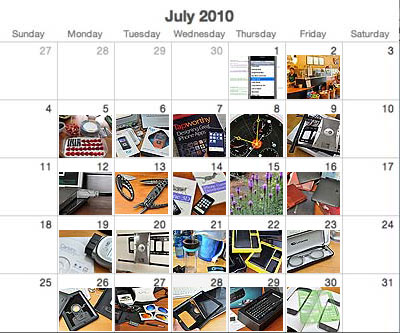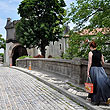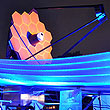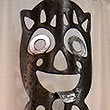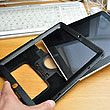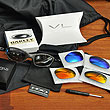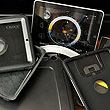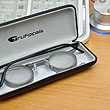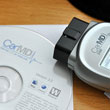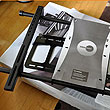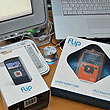Digital photo frames have been around for a while. The idea was great, but unfortunately most executions have been lacking. The frames were either too expensive, have weak colors, or the process of updating photos was cumbersome. However, Kodak may have finally put all of the pieces together and created a digital photo frame that
will be the standard by which others will be judged.
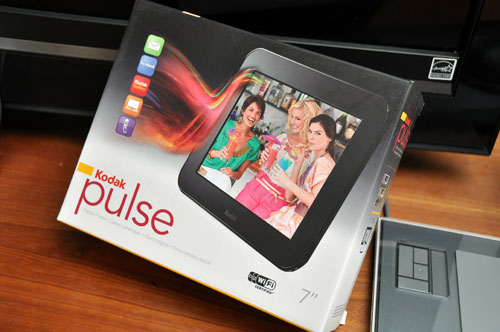
We have many different digital frames around the office. The ones we update the most often are the Ceiva units. The Ceiva photo frames are convenient to update because they have their own email address and can receive images via Email from anyone/anywhere (even if that someone was just in the office upstairs). When we posted the FirstUse report of the Ceiva frames, some readers commented that while the email feature is awesome, the frames required a Ceiva subscription to work and when if the subscription is allow to lapse, the frame would be useless. This is certainly a valid point. Ceiva's current buisness model may change when a strong competitor enters the market with a similar product which does not require an annual fee. Well, that product is here and is called the Kodak PULSE.
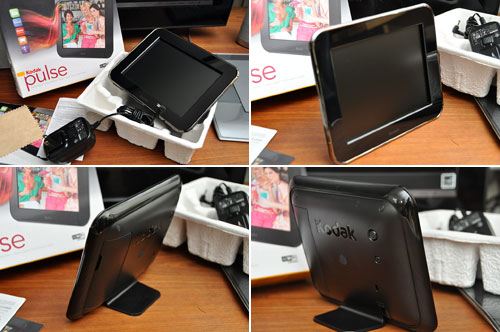
The PULSE is different from other digital photo framses because it is "connected" and was designed to be very social. It can be linked to Facebook pages and Kodak Gallery sites. When friends posts new images on their Facebook pages or on their Kodak galleries, the pictures on the PULSE frame will update automatically.
The Kodak PULSE is a high resolution (800x600) 7" TFT LCD display which can accept images from memory cards or directly via WiFi. It has 500MB of internal memory, enough to store about 4000 images. There is not much in the package (frame, AC adapter, cleaning cloth) because not much is needed to get it up and running. No software to install, no cables to attach, and nothing extra to buy. Even the device itself is simple. There are two buttons on the back and a small cover for the memory card slots...that's it.
However, don't let what is (not) in the box fool you. The secret to the Pulse is its screen is touch-sensitive. All of the controls are on-screen and context-sensitive. There are a lot of features packed into this little frame. We will have more to say about them in the
FirstUse report. Look for it at the end of the month.
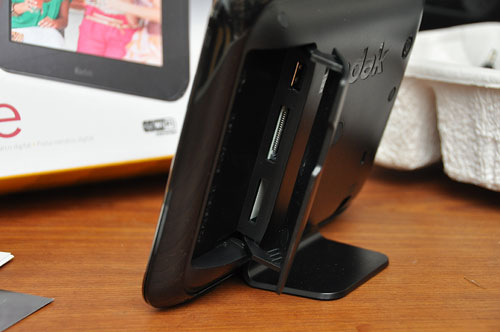
Kodak should have been the king of the digital photography mountain from the very beginning. They had the brand, the money, and the technology to dominate every aspect (capture, printing, display) of the digital photography value chain. However, all of those advantages were also a hindrance. Kodak knew the writing was on the wall about film photography long before anyone else, but their dominance of that market gave them too much confidence that there was still plenty of life left in it. Kodak thought that film use would be gradually reduced. Instead, it was almost as if everyone stopped buying film and switched to digital over the course of a single weekend. Kodak had to scramble to stay alive, but alive they remained. They have reduced costs, released some great digital cameras, and have branched out into the other parts of the digital imaging ecosystem. Kodak has the technological muscles to be king of the photography mountain again. With products like the PULSE, Kodak is certainly moving in the right direction. [Permalink] -Kodak Pulse FirstLook
|

